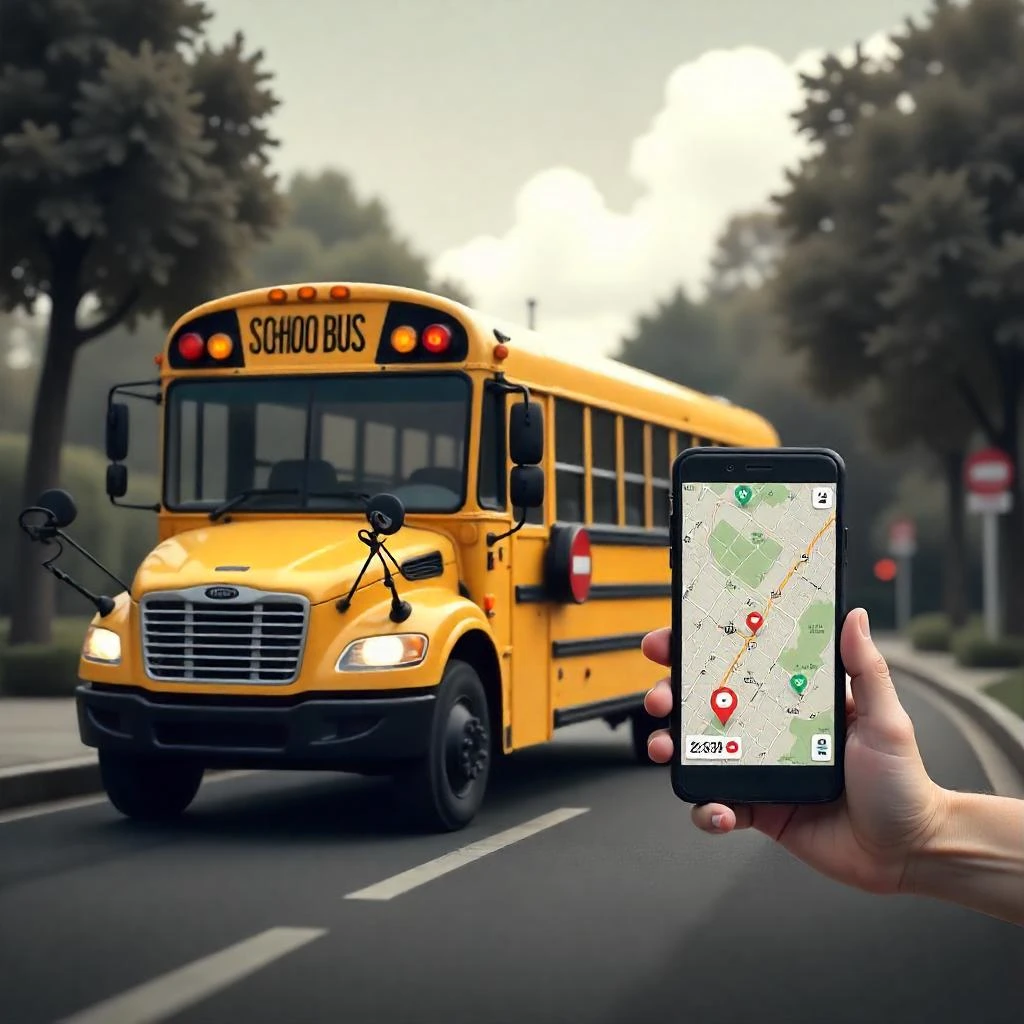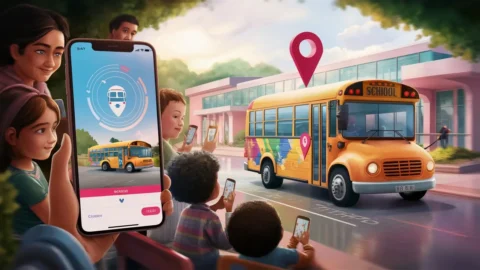When we think about school bus safety, the conversation often revolves around seat belts, driver training, and stop-arm cameras. While these are essential, a new frontier in school transportation is reshaping how we think about safety: integrating school buses into innovative ecosystems. By leveraging advanced technology and interconnected systems, we can create a
holistic approach to student safety that extends beyond the bus ride itself. At the heart of this transformation is the School Bus Tracking System, a tool that’s evolving from a simple GPS tracker into a multi-functional hub for safety, efficiency, and innovation.
The School Bus as a Data Hub
Traditionally, school buses were standalone vehicles with limited interaction with their environment. Today, the School Bus Tracking System is turning these vehicles into data hubs that communicate with smart city infrastructure. Imagine a scenario where traffic lights prioritize school buses during peak hours, reducing delays and ensuring students arrive on time. This integration not only improves efficiency but also minimizes risks associated with prolonged stops or congested routes.
Moreover, these systems can collect real-time data on traffic patterns, weather conditions, and even road hazards. By analyzing this data, schools can make proactive decisions—rerouting buses to avoid accidents or adjusting schedules during adverse weather conditions. The School Bus Tracking System becomes more than a tracker; it’s a predictive tool for safer transportation.
Enhancing Safety Beyond the Bus
The journey to and from the bus stop is often overlooked in discussions about student safety. Yet, this is where many accidents occur. With advancements in geofencing technology, a School Bus Tracking System can alert parents when their child’s bus is nearing the stop, reducing the time students spend waiting unsupervised. Additionally, wearable devices linked to the tracking system can ensure that children board the correct bus and disembark at the right stop.
For younger students or those with special needs, these features provide an added layer of security. Parents receive peace of mind knowing their child’s journey is monitored every step of the way.
Bridging Communication Gaps
One of the most significant challenges in school transportation is communication between stakeholders—parents, drivers, and school administrators. The School Bus Tracking System addresses this by acting as a centralized platform for real-time updates. Parents can track their child’s bus via mobile apps, while drivers receive alerts about route changes or potential hazards.
This system also supports emergency communication. In case of an incident—such as a mechanical failure or severe weather—parents and administrators are instantly notified. This transparency builds trust and ensures swift responses to unforeseen events.
Sustainability Meets Safety
As schools strive to reduce their carbon footprint, transportation plays a crucial role. Electric school buses are becoming more common, and the School Bus Tracking System is pivotal in managing these fleets efficiently. By monitoring battery levels and optimizing routes, schools can ensure their electric buses operate smoothly while minimizing environmental impact.
Furthermore, tracking systems can analyze fuel consumption and driving behavior in traditional buses, identifying areas for improvement. A safer ride often goes hand-in-hand with an eco-friendly one; smoother driving reduces both accidents and emissions.
Future Trends: What’s Next?
The evolution of the School Bus Tracking System is far from over. Here are some emerging trends that promise to redefine school transportation:
Augmented Reality (AR): AR-enhanced tracking systems could provide parents with an immersive view of their child’s journey, including real-time visuals of traffic conditions and bus surroundings.
AI-Powered Insights: Artificial intelligence will analyze data collected by tracking systems to predict maintenance needs, optimize routes further, and even identify potential safety risks before they occur.
Integration with Smart Cities: As cities adopt intelligent traffic management systems, school buses equipped with advanced tracking systems will benefit from dynamic route adjustments based on real-time conditions.
Biometric Verification: To enhance security further, biometric systems could be integrated with tracking tools to ensure that only authorized individuals board or exit the bus.
The Human Element
While technology plays a critical role in modernizing school transportation, it’s essential not to overlook the human element. Drivers remain at the heart of this ecosystem; no system can replace their judgment and care for students’ well-being. However, tools like the School Bus Tracking System empower drivers by providing them with actionable insights and reducing distractions.
Similarly, educating students about using these technologies responsibly ensures they become active participants in their safety.
A Safer Tomorrow
The future of school transportation lies in creating interconnected ecosystems where technology enhances every aspect of the journey—from route planning to real-time monitoring and emergency response. The School Bus Tracking System is no longer just about knowing where the bus is; it’s about reimagining what school transportation can achieve.
By embracing these innovations today, we’re not just making rides safer—we’re laying the foundation for smarter cities and more secure communities tomorrow. For parents, administrators, and transportation providers alike, this shift represents an exciting opportunity to rethink how we protect our most precious cargo: our children.





